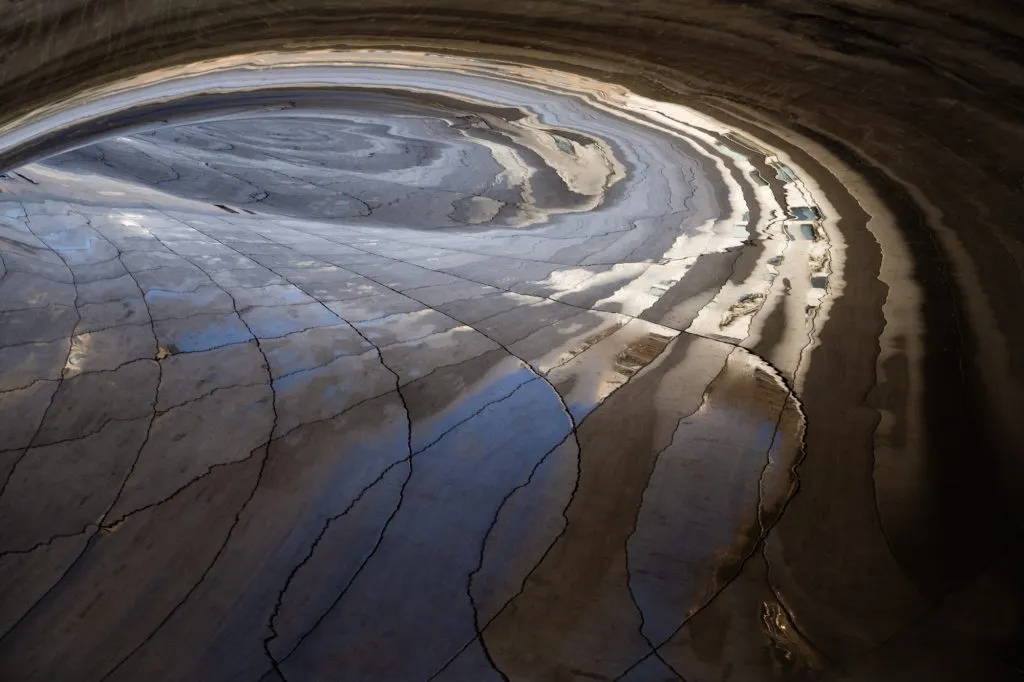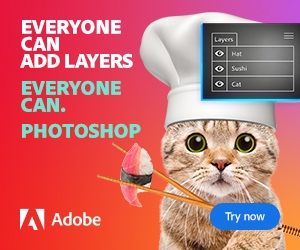Video editing is more than just cutting and arranging clips—it’s an art form that allows creators to transform raw footage into captivating stories. Whether you’re crafting a cinematic masterpiece, a YouTube tutorial, or a short-form social media video, editing is where the magic happens. It’s your opportunity to refine your vision, tell a compelling story, and create a professional-looking piece of content that resonates with your audience.
In this article, we will explore the fundamentals of video editing, key techniques that every editor should know, and helpful tips to elevate your editing style, whether you’re just starting out or looking to take your skills to the next level.
Why Video Editing is Key to Creating High-Quality Content
In the digital world, high-quality videos are expected on almost every platform. From YouTube to Instagram, TikTok, and beyond, video is one of the most powerful ways to engage and retain an audience. But, the key to creating standout content lies not just in filming, but in the editing process.
Editing plays a crucial role in:
Telling a Story: Raw footage doesn’t always tell a complete or engaging story. Through editing, you can create a compelling narrative that draws your audience in.
Polishing Footage: With editing, you can correct mistakes, enhance colors, and ensure that your video looks clean and professional.
Creating Visual Impact: Adding effects, transitions, and motion graphics can dramatically enhance the visual appeal of your video and keep viewers engaged.
Optimizing for Platforms: Every social media platform has specific video requirements. Editing lets you adjust your content to fit the size, format, and style needed for platforms like Instagram, Facebook, or TikTok.
The power of video editing lies in its ability to take your vision and turn it into something that captivates your audience, making it an essential skill for any content creator.
Understanding the Basics of Video Editing
Before diving into advanced techniques, it’s essential to understand the basic building blocks of video editing. These are the core skills you’ll use in every project, no matter how simple or complex.
1. Trimming and Cutting Clips
The first step in editing is to trim and cut your clips. This involves removing unnecessary parts of the footage and keeping only the most essential moments. Editing out mistakes, pauses, or irrelevant scenes is crucial to ensure that your video is concise and flows smoothly.
Most editing software allows you to:
Trim the beginning and end of clips to remove unwanted footage.
Cut clips into smaller segments to remove awkward pauses or filler content.
Split clips to rearrange or delete parts of the video that are unnecessary.
The goal is to eliminate distractions and make sure your video moves at a steady pace that holds the viewer’s attention.
2. Creating Smooth Transitions
Transitions are used to move from one scene or clip to the next. A smooth transition can keep the flow of your video intact and maintain the audience’s engagement.
Common transitions include:
Fade In/Fade Out: Gradually transitioning from black to a scene (or vice versa). It’s simple and elegant, often used at the beginning or end of a video.
Dissolve: A slow fade from one clip to another, blending the two scenes together.
Wipe or Slide: A transition that pushes one scene off the screen while the next slides in. This works well for action-packed or energetic videos.
While transitions are important, it’s essential to use them sparingly. Overuse can make your video look cluttered or unprofessional. Simple transitions are often the most effective.
3. Adding Music and Sound Effects
Sound is just as important as visuals when it comes to video editing. Music and sound effects can help set the mood, enhance emotions, and make your video more immersive.
When adding sound, keep in mind:
Volume Levels: Ensure that the background music doesn’t overpower dialogue or voiceover.
Music Choice: Pick tracks that match the tone of your video. Energetic music works well for action videos, while calm and ambient sounds suit educational or tutorial videos.
Sound Effects: Adding small sound effects (e.g., footsteps, door creaks, or swooshes) can make your video feel more dynamic and polished.
Be mindful of copyright laws when using music. If you don’t have permission to use a track, you can find royalty-free music on websites like Epidemic Sound, AudioJungle, or the YouTube Audio Library.
4. Color Correction and Grading
One of the most significant ways to enhance your video is through color correction and grading. Color correction involves adjusting the colors in your footage to make them look more natural or consistent, while color grading allows you to apply creative looks or moods to your video.
Here are the two main stages of color work:
Color Correction: This is about fixing any color issues such as overexposure, underexposure, or incorrect white balance. It’s the first step before moving to color grading.
Color Grading: This is where you get creative. You can give your video a warm, cool, or stylized look depending on the mood you want to create. For instance, a sepia tone gives a nostalgic feeling, while cooler tones might evoke sadness or detachment.
Both color correction and grading help set the visual tone of your video and ensure a consistent look throughout.
Advanced Video Editing Techniques
Once you’ve mastered the basics, there are several advanced techniques you can use to add more depth and flair to your videos. These techniques can elevate your content and make it more engaging and polished.
1. Adding Motion Graphics
Motion graphics are animated visuals that help bring your video to life. They’re commonly used for:
Titles: Animated title cards or text to introduce the video or important sections.
Lower Thirds: Text that appears at the bottom of the screen, usually to introduce a speaker or provide additional context.
Transitions: Animated transitions between clips that can add visual interest and style to your video.
Software like Adobe After Effects is ideal for creating motion graphics, but many editing tools (e.g., Final Cut Pro or DaVinci Resolve) also have built-in templates and tools for adding animations.
2. Speed Ramping
Speed ramping involves changing the speed of a clip to create dramatic effects. You can speed up or slow down footage for emphasis or to match the rhythm of the music. For example, you might slow down a fast action sequence to make it more intense or speed up a mundane process to make it more fun and engaging.
This technique is especially popular in music videos and sports highlights.
3. Green Screen (Chroma Keying)
Green screen technology allows you to replace a solid-colored background with anything you choose—whether it’s a location, a digital backdrop, or any image/video. This is known as chroma keying.
To use a green screen:
Film your subject in front of a solid green (or blue) background.
Use your editing software to key out the green color and replace it with a background of your choice.
Chroma keying is widely used in movies, TV shows, and YouTube videos, particularly for creating fantasy or sci-fi scenes.
Tips for Creating Stunning Videos
Here are a few extra tips that can take your video editing to the next level:
Plan Ahead: Start with a clear vision of what your video will look like. Having a shot list and storyboards can make the editing process faster and more efficient.
Use Keyboard Shortcuts: Learn the keyboard shortcuts for your editing software to speed up your workflow.
Stay Consistent: Ensure your video has a consistent style, whether it’s in terms of colors, fonts, or transitions.
Don’t Overload with Effects: Effects can be tempting, but sometimes simplicity works best. Focus on enhancing the story rather than adding flashy elements.
Conclusion
Video editing is an essential skill for creating high-quality, professional-looking videos. Whether you’re a beginner or an experienced creator, mastering the fundamentals of editing, such as trimming clips, adding music, color grading, and applying effects, can transform your footage into something truly engaging.
Remember that editing is both a technical skill and a creative process. Don’t be afraid to experiment and push your creative boundaries. With practice, you’ll develop a style that resonates with your audience and creates videos that leave a lasting impression.



